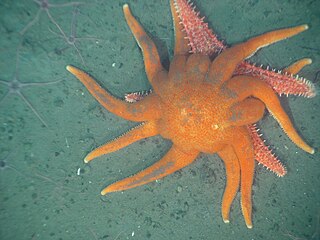
The Valvatida are an order of starfish in the class Asteroidea, which contains 695 species in 172 genera in 17 families.

The Echinasteridae are a family of starfish in the monotypic order Spinulosida. The family includes eight genera and about 133 species found on the seabed in various habitats around the world.

The Asterinidae are a large family of sea stars in the order Valvatida.

Nardoa is a genus of sea stars in the family Ophidiasteridae.
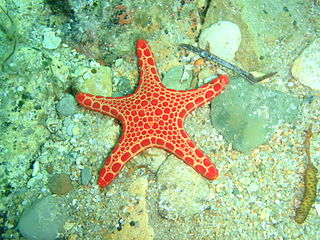
Goniasteridae constitute the largest family of sea stars, included in the order Valvatida. They are mostly deep-dwelling species, but the family also include several colorful shallow tropical species.

The Forcipulatida are an order of sea stars, containing three families and 49 genera.
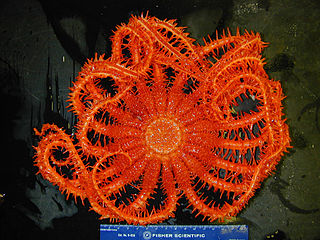
The Brisingids are deep-sea-dwelling starfish in the order Brisingida.
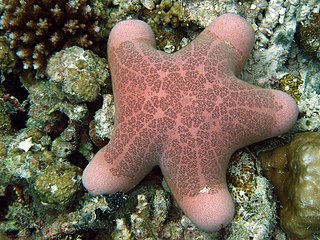
The Oreasteridae are a family of sea stars in the class Asteroidea.

Pentaceraster is a genus of sea stars in the family Oreasteridae. Members of this genus are most often observed in warm coastal waters of the Pacific and Indian Oceans.
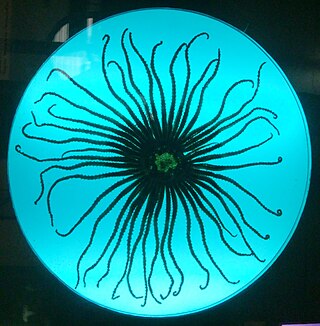
Labidiaster annulatus, the Antarctic sun starfish or wolftrap starfish is a species of starfish in the family Heliasteridae. It is found in the cold waters around Antarctica and has a large number of slender, flexible rays.
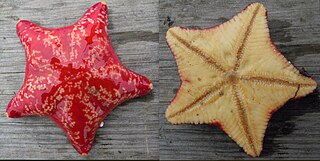
Poraniidae is a family of starfishes in the order Valvatida.

Heliaster kubiniji is a species of starfish in the order Forcipulatida. It is commonly known as the gulf sun star, the common sun star or estrella de mar de golfo and it occurs in the intertidal zone of the Pacific coast of California, Mexico and Nicaragua.

The Zoroasteridae are one of three families of Asteroidea in the order Forcipulatida. It contains seven living genera and one extinct genus.

Nepanthia is a genus of starfish of the family Asterinidae. Members of the genus have four to seven rays and are found in the eastern Pacific Ocean, ranging from Burma and Indonesia to Australia.
Metrodira is a genus of starfish in the family Echinasteridae.

Heliaster microbrachius is a species of Asteroidea in the family Heliasteridae.

Heliaster is a genus of Asteroidea in the family Heliasteridae.
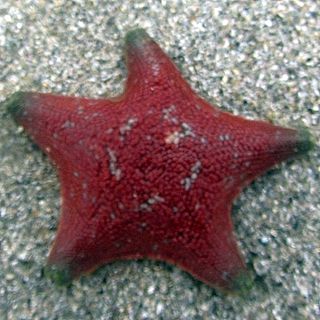
Patiria chilensis is a species of starfish in the family Asterinidae. It is found in the southeastern Pacific Ocean along the coasts of South America. It is a broadly pentagonal, cushion-like starfish with five short arms.

Heliaster helianthus, the sun star, is a species of Asteroidea (starfish) in the family Heliasteridae. It is found in shallow water rocky habitats and in the kelp forests off the Pacific coast of Ecuador, Peru and Chile.

Labidiaster radiosus, the fragile sticky ray star, is a large species of starfish in the family Heliasteridae and was first described by Lütken in 1871. It is found in the waters of southern South America to Sub-Antarctica and the Antarctic Peninsula.



















